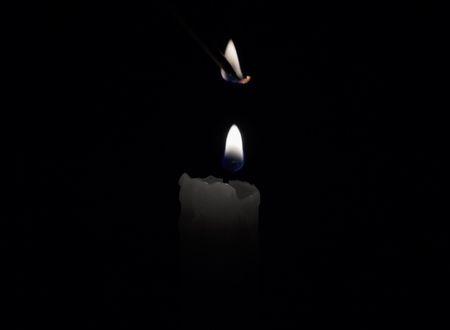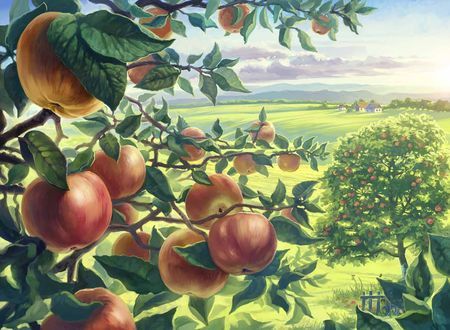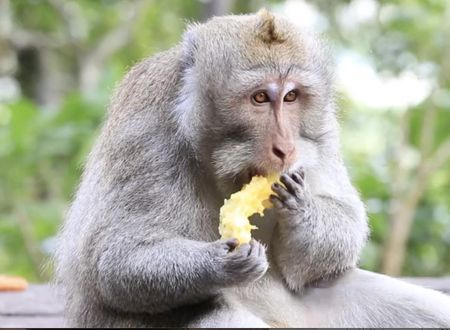In the trinity of Sanatana Dharma, Lord Vishnu, lying over the Anant Shesh Nag is considered the sustainer. While Lord Brahma had the task of the beginning of the visible universe and Lord Shiva for its ultimate destruction, Lord Vishnu’s task is its continuity & sustenance.
Devdutt Pattanaik writes on relevance of mythology in modern times, especially in areas of management, governance and leadership. He was born in Mumbai, India in 1971. He is an Indian mythologist, speaker, illustrator and author, known for his writing on Hindu sacred lore, legends, folklore, fables and parables. His work focuses largely on the areas of religion, mythology, and management. He has also written on Greek Mythology and its characters.
In the ‘7 Secrets of Vishnu’ he has covered various aspects of multiple incarnations of Lord Vishnu – including Mohini, Matsya, Kurma, Trivikrama, Ram, Krishna & Kalki. The key aspect of his books is that he takes pictures/sculptures from various sources across India, and comes out with pertinent meaning of the symbolism involved. Since the nature in itself is a complex being, our forefathers came up with various symbols from nature itself to denote the aspects of the existence. Devdutt has done a brilliant job of unearthing the hidden meaning of such symbols for us.
Some excerpts from the book:
- A fundamental theme in Indian metaphysics is the existence of two realities – material reality and spiritual reality. Material reality is tangible reality that can be perceived through the senses. Spiritual reality is intangible reality that cannot be perceived through the senses. (3)
- Brahma passes on this fear of mortality to all living creatures, the jiva-atma, who are his children and grand children. That is why all babies cry when they are born. That is why Brahma is not worshipped. Vishnu has no such fear…He does not depend on material reality for his identity. He is what all jiva-atma aspire to be. (15)
- Brahma is spiritual reality trying to find himself through material reality. Brahma creates measuring scales and subjective realities in his quest for self-realization but end up getting attached to it. Vishnu facilitates his liberation by celebrating the material world [engaging with material world – love, relationships & war – Lord Ram; being a cowherd, musician, dancer and a Guru – Lord Krishna] while Shiva facilitates Brahma’s liberation by rejecting the material world [going atop Mount Kailas to meditate]. Vishnu plays with Maya without getting overwhelmed by it, while Shiva rejects her totally. (33)
- The villainy of the two brothers is cited as examples of viparit-bhakti or ‘reverse devotion’; in hating God, one remembers God constantly and thereby earns God’s affection. (123)
- Krishna’s divinity rooted in Devaki’s blood and Yashoda’s milk, acknowledges both nature and nurture. (163)
You can read point 4 in association with Miracle of Devotion article.
The book has 7 chapters covering each of the incarnations – Mohini, Matsya, Kurma, Trivikrama, Ram, Krishna & Kalki. It has just 217 pages out of which only half have text. Half of them have pictures from various sources and detailed explanation of the symbolism involved. The book is hence a quick and easy read. The author has this unique style that has no parallel.









Comments & Discussion
2 COMMENTS
Please login to read members' comments and participate in the discussion.